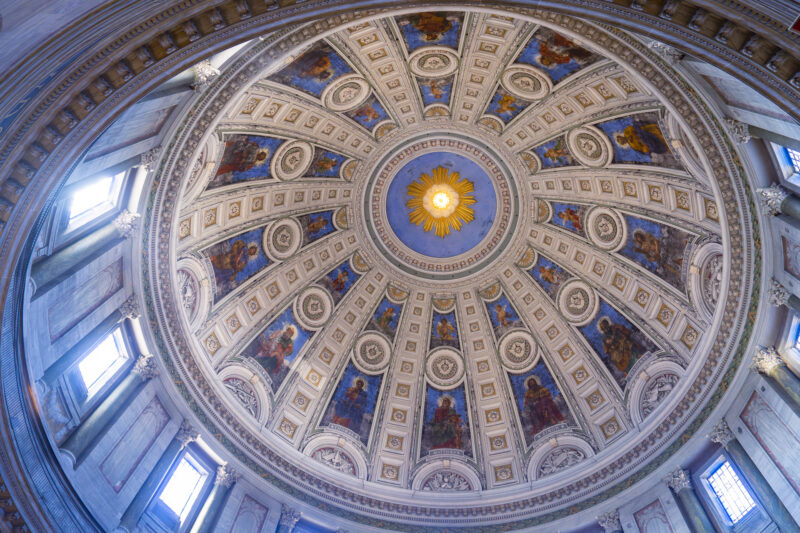Royal Copenhagen: Castles and Palaces
The Danish monarchy dates back more than 1,000 years to the time of the Vikings and is one of the oldest in the world. The various kings have built beautiful historic palaces and castles in the capital and beyond. We visited the castle island of Slotsholmen, then moved on to the fairytale Rosenborg Slot and watched the changing of the guard at Amalienborg Slot, the official residence of the monarchs.
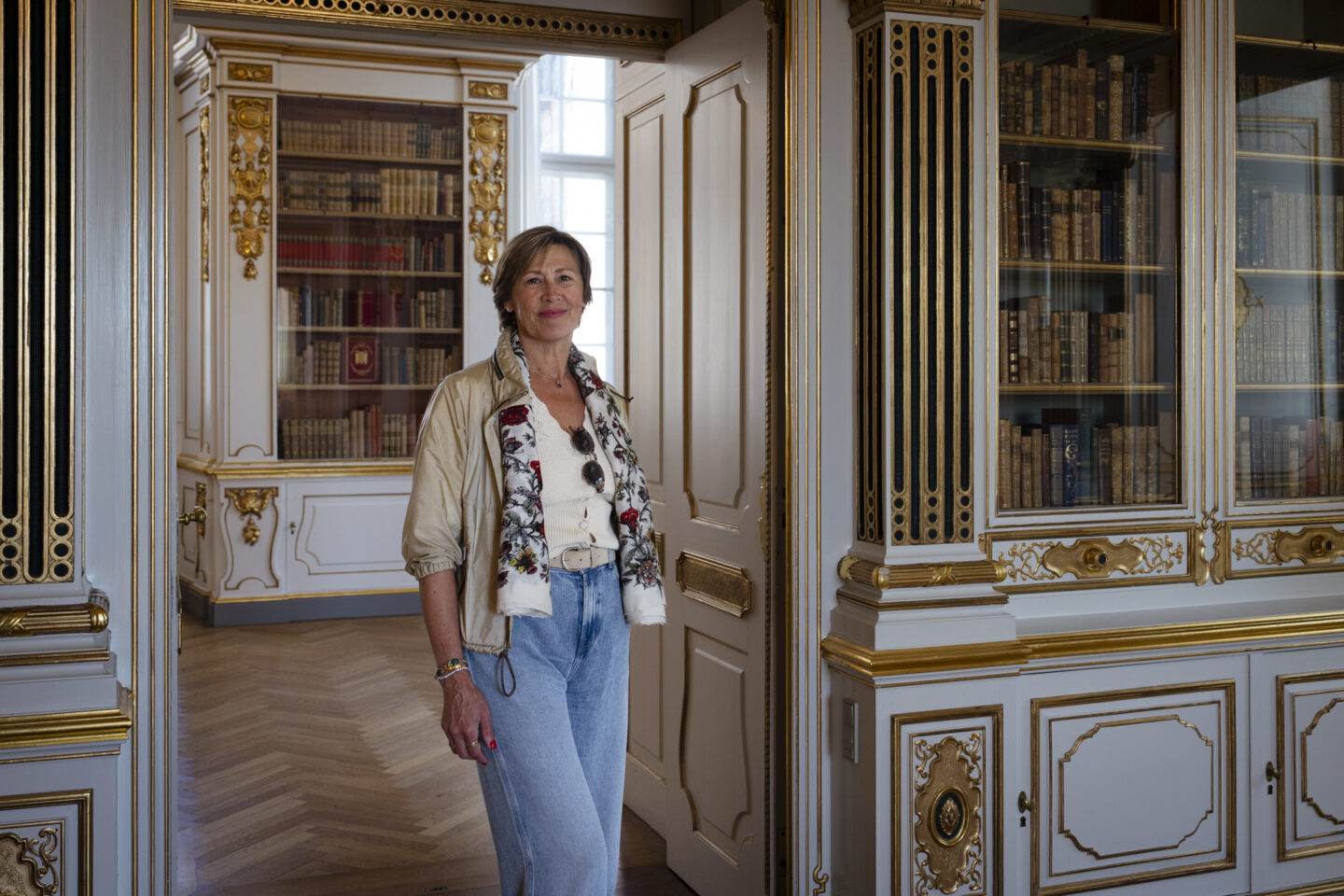
Slotsholmen and the Christiansborg Slot
The origins of the city of Copenhagen
Copenhagen's history began in the 12th century when the powerful Bishop Absalon built a castle and fortress on a small but strategically located island in the Øresund. The Hanse, a trading alliance of cities, destroyed the settlement 200 years later, but the island remained an important trading point on and around the estuary. A new castle was built on the island and from the 15th century on Copenhagen became the center of the monarchy. The first Christiansborg Palace was built in the first half of the 18th century but was destroyed by fire 50 years later. The second palace suffered the same fate and the current third Christiansborg Palace dates from 1928.

Slotsholmen today
In the middle of Copenhagen's Old Town, the castle island of Slotsholmen is still the center of power and law. Christiansborg is home to the Danish Parliament and the Supreme Court, as well as the King's office. The palace's magnificent halls are visited by heads of state and are used for receptions and state dinners. The many rooms and halls are richly decorated with precious materials and beautiful works of art.
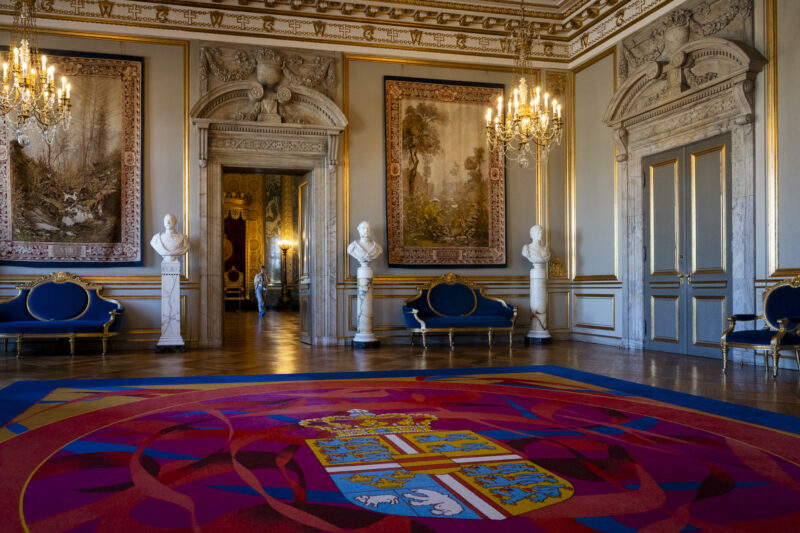
The Great Hall can seat 400 guests and is decorated with colorful modern tapestries depicting Denmark's 1,000-year history.
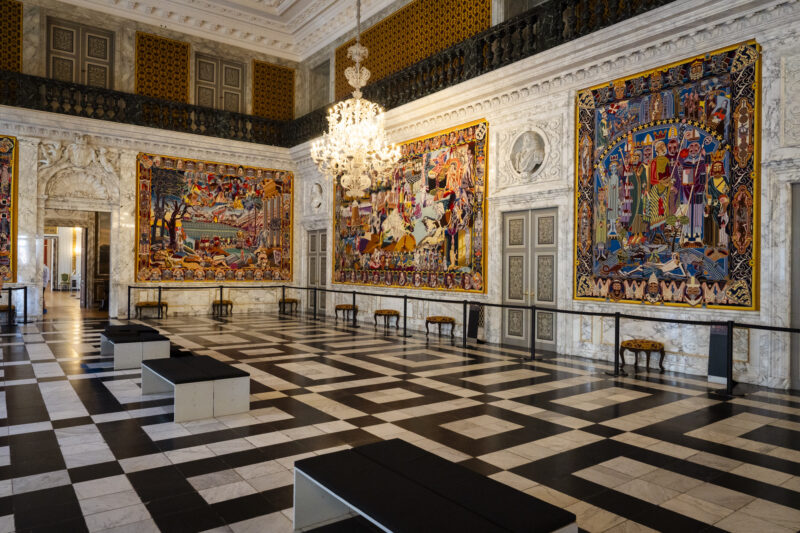
In addition to the palace chapel and the ruins under Christiansborg, the Royal Kitchen is worth a visit. It is still in use for receptions and celebrations, and you can have a look at the copper kitchen utensils of the royal family. The huge collection consists of about 800 pieces that together weigh 2 tons.
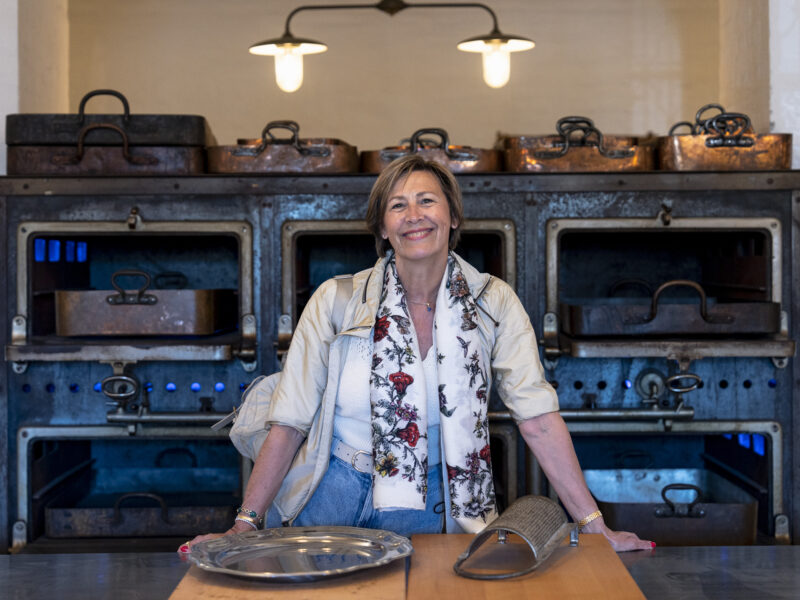
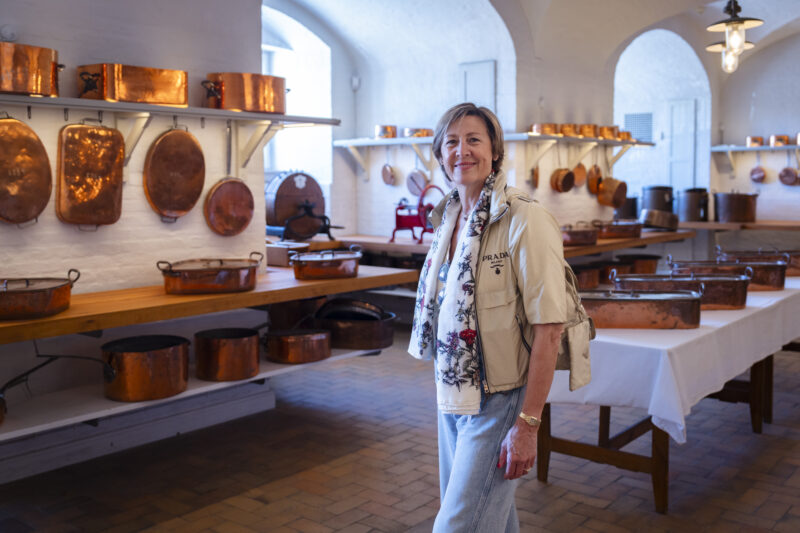
There are also the Royal Stables, where the horses and carriages of the royal family are kept, and the palace tower, the Tårnet, which offers a magnificent view over the rooftops of the city.

The restaurant Meyers y Tårnet is located in the most beautiful part of the tower. The restaurant is owned by Claus Meyer, father of the new Norwegian cuisine and co-founder of the legendary Noma restaurant. Enjoy a top-quality Danish smørrebrød lunch in the tower's historical surroundings.
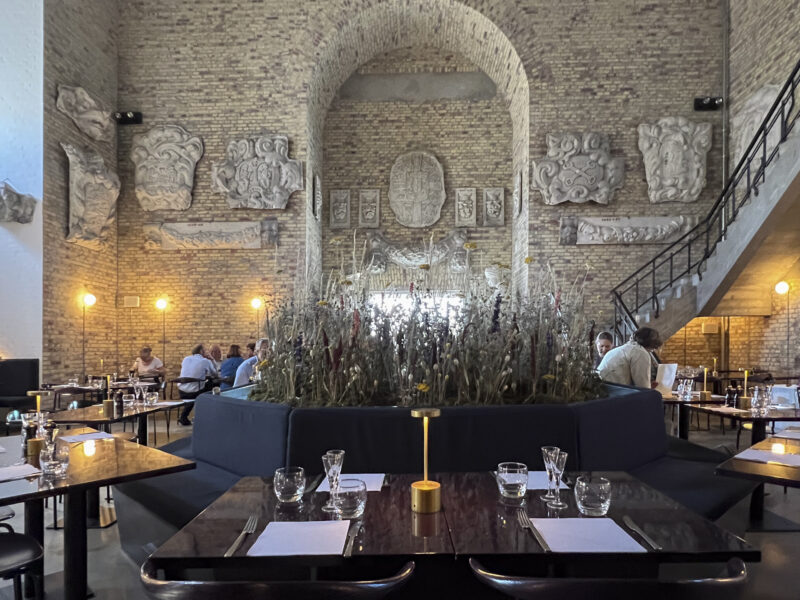
Rosenborg Slot and Kongens Have
Christian IV, a beloved monarch
Christian IV ascended the throne in 1588 as an 11-year-old prince and is Denmark's longest-reigning monarch after Margrethe II. He is both a beloved and a controversial monarch among the Danish people. On the one hand, he is known for the devastating wars with neighboring Sweden into which he dragged his country. On the other hand, he put Denmark on the map with his impressive building projects and large investments in Renaissance art. The Stock Exchange building, the Round Tower and Rosenborg Palace still stand as testimony to his honor and glory.

Rosenborg Slot, from pleasure palace to museum
Christian IV had Rosenborg Slot built in the early 17th century and it soon became his favorite place. The king's love of the pleasures of life gave the fairytale castle a reputation as a pleasure palace.
A hundred years later, Rosenborg was no longer inhabited by the royal family, and in 1838 the palace was opened to the public as a museum. The many halls and rooms contain unique furniture and artifacts. Some rooms look exactly as they did centuries ago. One of the highlights is the Treasure Room, where the jewel-encrusted gold crowns of the absolute monarchy are displayed. There are also four sets of crown jewels and a unique collection of valuables, such as the 600-year-old Oldenberg horn and Christian III's state sword from 1551.
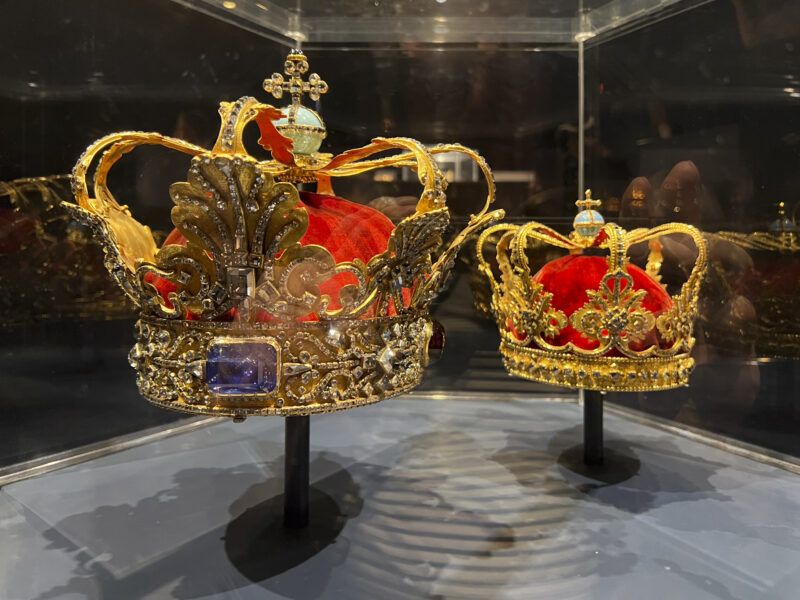
Kongens Have
Christian IV's fairytale castle is surrounded by extensive gardens that make up Copenhagen's most beautiful and oldest park. When the weather is nice, it's the perfect place to picnic, walk or soak up the warm sun.
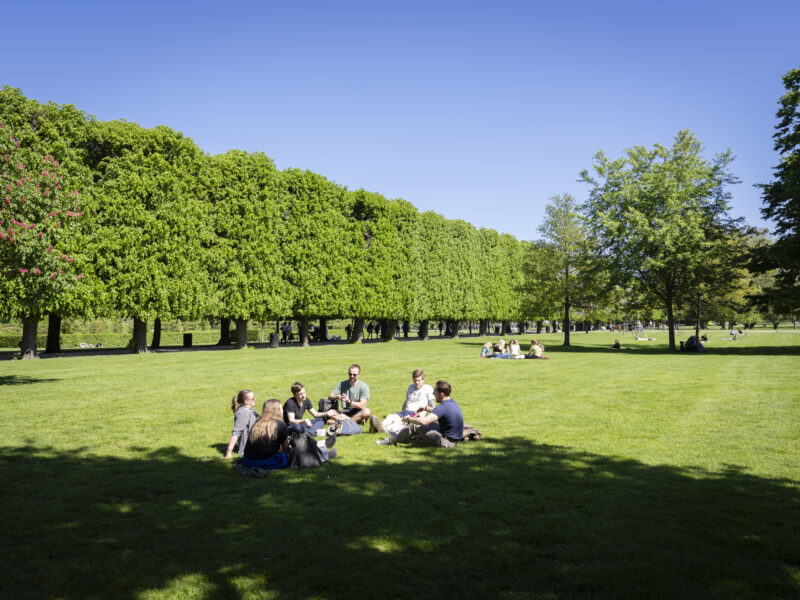
Amalienborg Slot and the Marmorkirken
The official residence of the king
The four-part Amalienborg Palace is the official residence of the current King Frederick X and his family. The outgoing Queen Margrethe II also resides in one of the four identical buildings. Part of the palace is open to the public, but most tourists come for the changing of the guard. This takes place every day at noon, when the Royal Guard marches through the streets of Copenhagen to the palace.
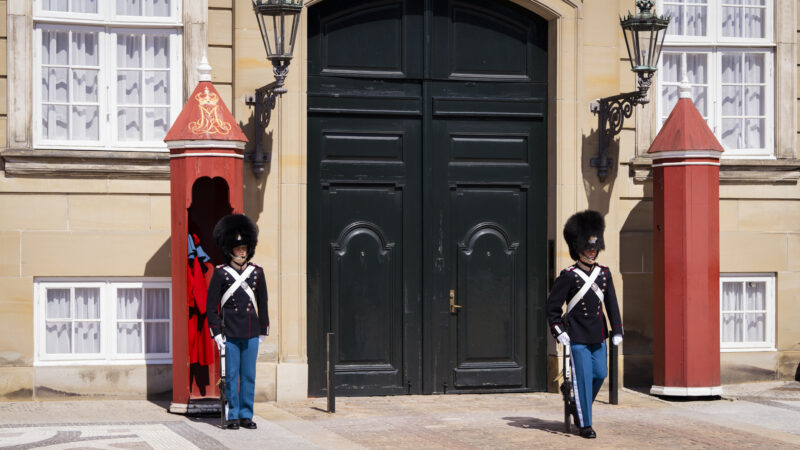
Marmorkirken, a church built of marble
When King Frederick V himself laid the foundation stone for the church in honor of the royal family in 1749, little did he know that it would take 150 years for the construction to be completed. Originally, the Evangelical Lutheran church was to be built entirely of Norwegian marble, but this proved so expensive that work was halted. Thanks to the financial help of an influential businessman, the church was finally completed and consecrated in 1894. In addition to Norwegian marble, other materials such as Danish Faxe marble were used.
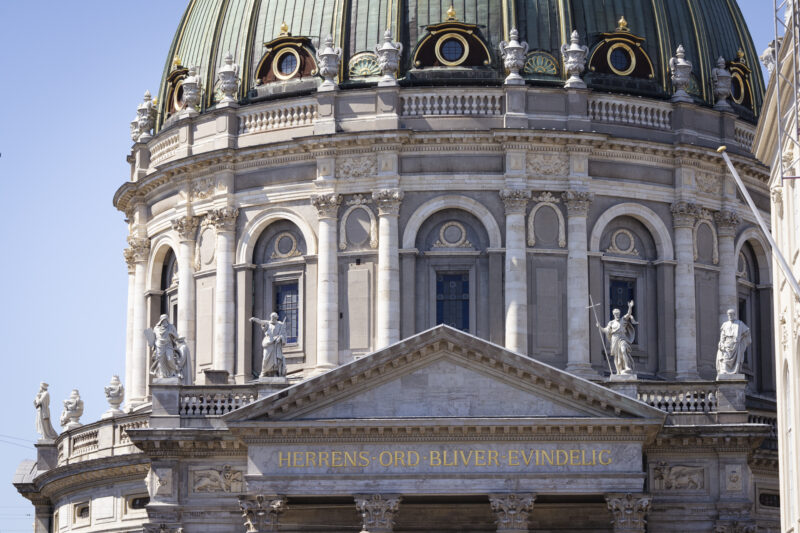
Above the circular nave is a dome 46 m high and 31 m wide, supported by 12 pillars. The interior of the dome is decorated with frescoes of the 12 apostles. On the outside are statues of religious figures, including Moses and Martin Luther. The dome is open to the public on weekends and offers views of the city.
